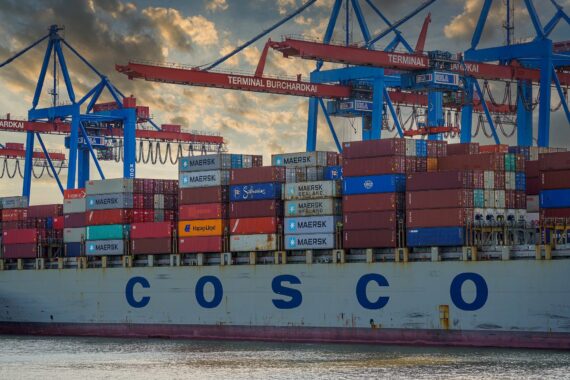In today’s global economic environment, we’re seeing many countries dealing with supply chain challenges that they’ve never dealt with before. Fuel prices are high, the labor market is in flux, there are major gaps in the transportation industry and product delivery is hampering many industries.

Manufacturers are also struggling to produce goods rapidly, creating long backlogs.
Companies that want to learn how to avoid supply chain disruptions must consider the pros and cons of manufacturing overseas. While there are benefits of manufacturing in the U.S., diversifying manufacturing can help ensure production continues, products remain on shelves, and profits continue.
Overseas Manufacturing Pros and Cons
Overseas production is both advantageous and disadvantageous in various ways. It’s crucial to consider both the pros and cons for your business.
Pros
- Production costs overseas are, in most cases, far less expensive than producing goods in the United States. Lower production costs allow you to maintain higher profit margins.
- Versatility improves when improving manufacturing. You can offload all or some manufacturing overseas to diversify your supply chain. Learning how to deal with supply chain disruption means diversifying your manufacturing.
- International manufacturers are often better equipped than US manufacturers, offering better overall technology and production volumes.
- It’s simple and easy to find manufacturers overseas that can work with you to produce varying volumes of goods.
- Depending on the industry and products you offer, these manufacturers may be closer to the raw materials that your business needs. If you’re in an industry with a poor, domestic supply chain, it’s possible to leverage the well-developed supply chains of other countries to your advantage.
- Skilled talent exists worldwide. Manufacturing overseas may allow your business to tap into skilled talent that is otherwise inaccessible.
Cons
- Shipping costs, especially in today’s environment, are rising. Costs may be volatile, so they must be considered. If you sell goods in or around the manufacturing country, the cost will be less of a concern.
- Cultural issues may arise. Language barriers and differences in culture and work ethic often make it challenging to transition to overseas manufacturing.
- Production oversight is difficult without paying to have a team to oversee production.
- In many cases, intellectual property rights may be infringed upon because of existing laws in a country. For example, the US has strict IP laws, but other countries may not have any laws in place, allowing companies to steal your IP and use it for their own advantage overseas without any recourse.
- Supply chains can be disrupted by unexpected political decisions.
If you take the right approach to manufacturing overseas, you’ll find that there are a lot of benefits. You may deal with the bad press if you move large manufacturing teams overseas, but when done properly, you can avoid bad press while maximizing profits and making customers happy.
The key to success is to be proactive when moving manufacturing overseas and work with others that can help make the process as seamless as possible.
Many of these cons can be avoided if you perform market research and work with a consultant in the target country that understands the ins and outs of operating overseas. We help businesses streamline overseas manufacturing from start to finish.
